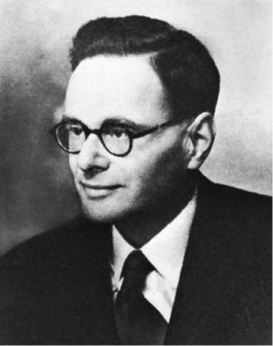In 1932, Hans Krebs––Nobel laureate of 1953––and his assistant Kurt Henseleit discovered the steps of urea synthesis in mammals. This was the first metabolic cycle that was elucidated (while the idea of metabolic cycles had been around for some time already).
The steps towards this discovery are extremely well documented, since the complete laboratory notebooks of both Krebs and Henseleit are preserved. In a meticulous analysis of these newly edited documents, the discovery was reconstructed through a computational simulation of the discovery process; this was the precondition for a systematic analysis of some central philosophical questions, such as the design of experimental research, the role of the instrumental set-up, the identification and rectification of mistakes, and the origins of scientific hypotheses.
The Urea Modeler simulates the discovery of the urea synthesis by Krebs/Henseleit. Are computer simulations valuable in explanatory terms? In many sciences, simulations already have taken the role of traditional experiments. Thus, the question seems to have been answered in the affirmative, at least by the scientists themselves. A special case of computer simulation is the modelling of historical episodes. The discovery of the urea cycle was successfully simulated; the pertinent model was first implemented in early versions of PROLOG, later in a JAVA version that was developed for this purpose.

